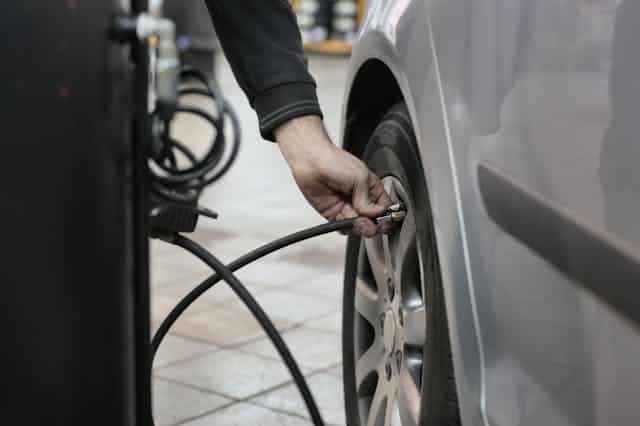How to Extend the Lifespan of Your Vehicle After Repairs
 After your vehicle undergoes necessary repairs, especially following a collision or major mechanical failures, your next goal should be to maximize its lifespan and ensure its continued performance and safety. Proper maintenance not only extends the life of your car but also enhances its resale value and reduces future repair costs. This article provides comprehensive strategies for maintaining your vehicle post-repair to keep it running smoothly for years to come.
After your vehicle undergoes necessary repairs, especially following a collision or major mechanical failures, your next goal should be to maximize its lifespan and ensure its continued performance and safety. Proper maintenance not only extends the life of your car but also enhances its resale value and reduces future repair costs. This article provides comprehensive strategies for maintaining your vehicle post-repair to keep it running smoothly for years to come.
Follow Up With Post-Repair Inspections
Initial Checks
After any significant repair, it’s vital to conduct a follow-up inspection to ensure everything is working as it should. This might involve checking the repaired areas to ensure they hold up and confirm that no other issues have arisen from the repair process.
Routine Evaluations
Schedule regular check-ups with your mechanic, even if your vehicle seems to be running smoothly. These checks can catch potential problems before they become severe, ensuring your car remains in top condition.
Adhere to a Strict Maintenance Schedule
Regular Service
Stick to your vehicle’s recommended service schedule, which includes oil changes, brake checks, tire rotations, and other routine maintenance tasks. Regular servicing is crucial to ensure your vehicle’s engine and other critical systems are running efficiently and to prevent wear and tear from escalating into more significant problems.
Address Minor Issues Promptly
Do not ignore small anomalies such as noises, leaks, or changes in the vehicle’s performance. Minor issues can quickly become major ones if not addressed promptly, potentially leading to more extensive and expensive repairs.
Protect Your Vehicle’s Exterior and Interior
Cleaning and Protection
Regularly wash and wax your vehicle to protect the paint from the elements, which can cause rust and corrosion over time. Inside the car, keep the interior clean from debris and liquids that can stain or cause wear.
Parking Considerations
Whenever possible, park your vehicle in a garage or under cover to protect it from weather-related damage. UV rays can fade the paint, and extreme temperatures can cause your dashboard and other components to crack and deteriorate over time.
Monitor Fluids and Tire Pressure
Fluid Checks
Ensure that all your vehicle’s fluids are at the appropriate levels and are replaced or refilled per the manufacturer’s guidelines. This includes engine oil, coolant, brake fluid, and transmission fluid.
Tire Maintenance
Regularly check your tires for wear and tear, maintain them at the correct pressure, and have them rotated as recommended. Properly maintained tires are crucial for safety and can also improve fuel efficiency.
Use Quality Parts and Fluids
Investing in Quality
Whenever replacements are needed, opt for high-quality parts that might cost more upfront but will perform better and last longer. Similarly, use recommended or higher-grade oils and fluids to keep your vehicle’s systems running smoothly.
Conclusion
Extending the lifespan of your vehicle following repairs involves a combination of diligent maintenance, regular inspections, and a commitment to addressing issues as they arise. By taking proactive steps to care for your car, you can enjoy a reliable and safe driving experience for many years, making the most of your investment in repairs and maintenance.
